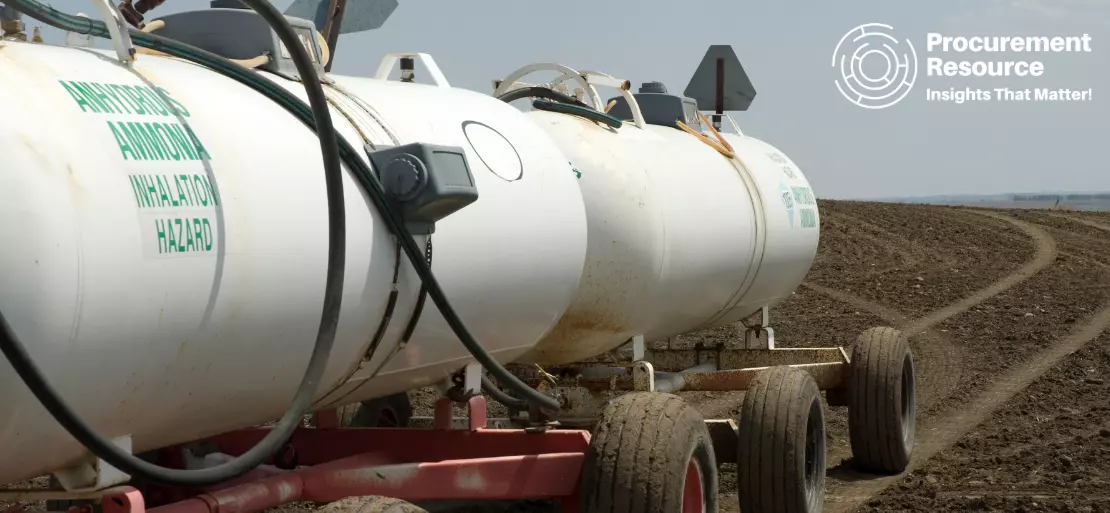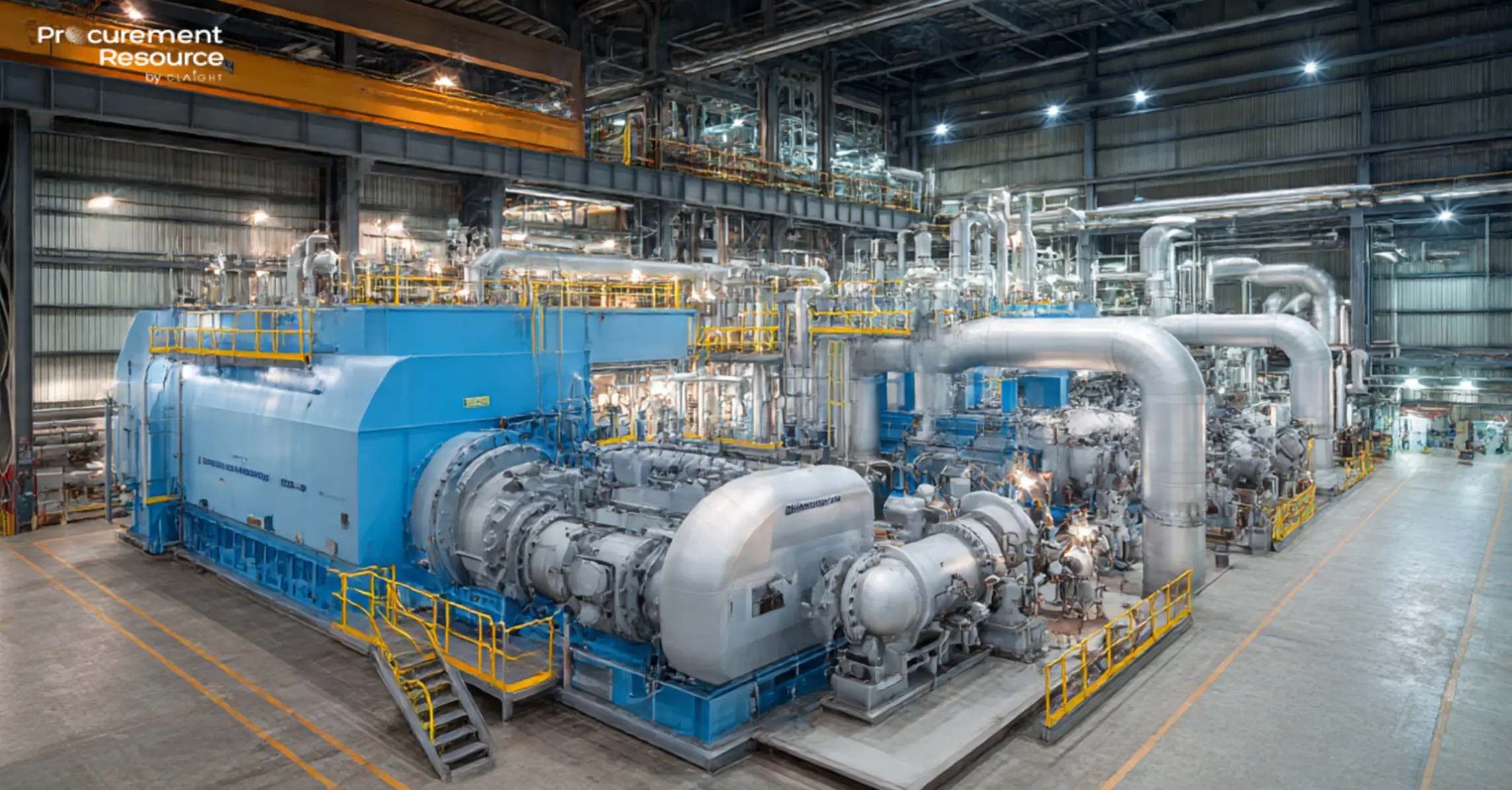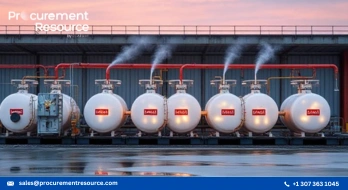An Increase in the Operating Rate for Ammonia by Major Manufacturers will Keep its Prices at their Current Level

Ammonia prices will remain at their current level despite an increase in operating rates by major manufacturers. After cutting over two-thirds of its capacity two months ago when gas prices reached an all-time high, Norwegian fertiliser manufacturer, Yara, started manufacturing ammonia in Europe at about 65% of its capacity, the company said in a statement to Reuters.
A vital feedstock in the manufacturing of ammonia is natural gas. According to market experts, Yara operates around 65% of Europe's ammonia production. Through optimisation and worldwide flexibility, the organisation is able to produce finished goods in Europe at close to full capacity.
Due to a rise in gas prices, the firm, which is one of the largest makers of fertiliser in the world, reduced capacity utilisation at its European ammonia plants in August 2022 to hardly 35%.
Since August 2022, mild weather and full gas storage facilities have contributed to price decreases, and the European benchmark gas prices are once again close to their pre-Ukraine war levels.
Request Access For Regular Price Update of Ammonia
According to market experts, high natural gas costs in Europe continue to be a significant factor in the inflated cost of fertiliser. While down from the August 2022 peak levels that forced the closure of multiple European ammonia factories due to unaffordable high production costs, natural gas prices in Europe are still much higher than average.
As winter heating season approaches, it looks possible that European gas prices could increase once more if temperatures fall below average for extended periods of time and supply remains constrained. This would restrict or block the resumption of output at many of the continent's ammonia facilities, keeping nitrogen fertiliser prices high.
Despite the energy cost rise in the United States, domestic natural gas costs are still far lower than those in Europe, standing a significant expense to American ammonia manufacturers. According to market analysts, the current state of the market will keep fertiliser prices above historical averages for the rest of 2022 and the entire year 2023. Due to robust global demand for maize and a limited supply, farmer economics are still beneficial.
The effects of dry conditions in South America, the Western United States, and portions of Europe on the world's maize supplies, along with China's ongoing strong demand for corn, are significant considerations. As a result, despite inflation across all of their cost inputs, farmer profitability is still significantly positive and corn prices are above 10-year norms.
They anticipate substantial demand for agricultural ammonia through November 2022 and into December 2022 as farmers want to restore the nitrogen in their soil in anticipation of the upcoming Spring planting season in order to maximise yield in 2023 and take advantage of these advantageous economics.
Read More About Ammonia Production Cost Reports - REQUEST FREE SAMPLE COPY IN PDF
The impact of the Russian invasion of Ukraine and the ongoing combat in the region has increased gas prices in Europe and contributed to shortages of both ammonia and grain around the world. Ukraine is one of the biggest maize exporters in the world, whereas Russia is one of the biggest exporters of wheat, and ammonia, and is traditionally a significant gas provider to most of Europe.
At this moment, it is likely that even if the region's precarious geopolitical situation were to soon be resolved, there would still not be enough of these commodities available on a worldwide scale to meet the demand for the full year 2023 and beyond.
As per Procurement Resource, despite major manufacturers raising their operating rates, ammonia costs will stay the same. The Norwegian fertiliser maker, Yara, is currently producing ammonia in Europe at 65% of its capacity after curtailing two-thirds of its capacity two months ago when gas prices reached an all-time high.



